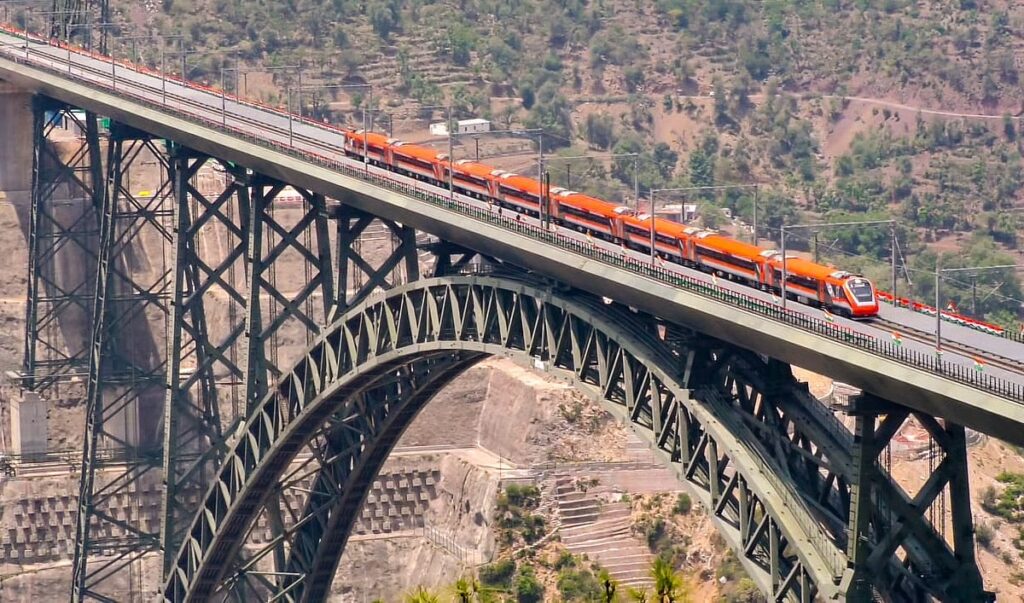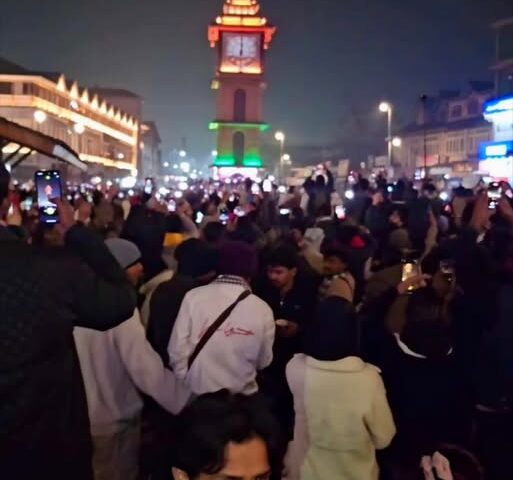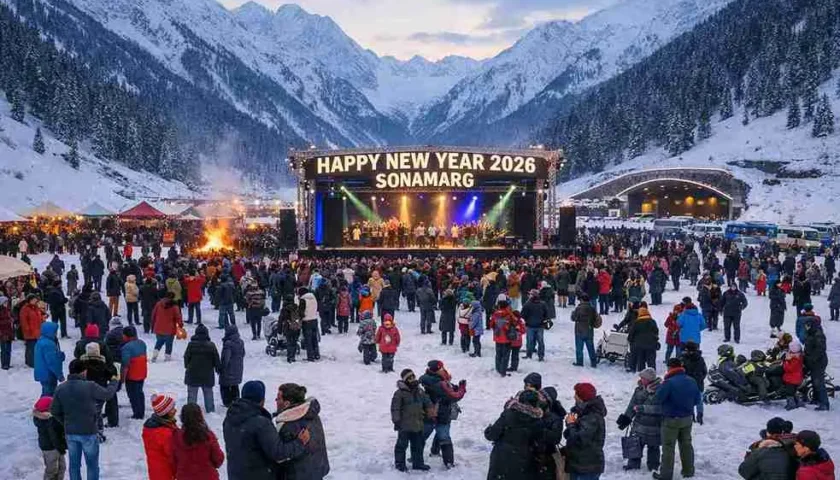Katra–Srinagar Rail Link Inaugurated: Kashmir’s Tourism and Economy Poised for Revival
June 9, 2025, Reasi/Srinagar — Prime Minister Narendra Modi ceremonially inaugurated the world’s highest railway arch bridge, the Chenab Bridge, as part of the 272 km Udhampur–Srinagar–Baramulla Rail Link (USBRL), officially opening the first-ever direct rail connection between the Kashmir Valley and the rest of India . Simultaneously, the brand-new Vande Bharat Express service between Katra and Srinagar began commercial operations on June 7.
Chenab Bridge: India’s Engineering Crown Jewel
Constructed with more than 30,000 tonnes of steel, the 1,315 m long Chenab Bridge arches 359 m above the river, towering 35 m taller than Paris’s Eiffel Tower timesofindia.indiatimes.com+15thetimes.co.uk+15indiatimes.com+15. Built to withstand seismic activity, winds up to 260 km/h, and extreme Himalayan temperature swings, it is expected to last around 120 years.
-
Anji Khad Bridge, India’s first cable-stayed rail bridge, was also launched alongside Chenab.
-
The USBRL features 36 tunnels (119 km) and 943 bridges, including the 12.75 km Pir Panjal Tunnel—India’s longest.
Rail, tourism, and infrastructure ministers describe Chenab and Anji Khad as “bridges of dreams”—technical triumphs in unforgiving terrain .
Vande Bharat Express: Kashmir in 3 Hours
The SMVD Katra–Srinagar Vande Bharat Express, flagged off on June 6 and operational June 7, runs six days weekly.
-
Covers 189 km in under 3 hours.
-
State-of-the-art cold-climate features—heated windshields, advanced insulation, CCTV, infotainment, Wi‑Fi and the Kavach safety system.
-
Departure at 8:10 am from Katra, reaching Srinagar around 11:20 am; return leaves at ~12:45 pm.
This transformational connectivity slashes travel time by four hours compared to road, offering more reliability in snow-bound months .
Tourism Renaissance: Confidence Rebuilt
The timing is critical. Following the April 22 Pahalgam terror attack, which claimed 26 lives and led to widespread cancellations, travel confidence plummeted .
Yet industry insiders say “the direct train service… sends a strong message of normalcy,” with bookings already spiking, according to Sajad Kralyari of TAAK. The move marks a turning point in Kashmir tourism recovery.
Economic Impact: From Orchards to Homestays
-
Tourism Serves as Springboard: Easier access will benefit hotels, transport operators, local guides, and homestays.
-
Farmers Serve Fresh Fruit: Apples, walnuts, almonds, and saffron can now reach Delhi and Mumbai faster, reducing spoilage.
-
Handicrafts Hit the Fast Track: Pashmina shawls, carpets, and dry fruits will move faster to markets with less logistics friction.
-
Local Empowerment: USBRL generated ~5 million man-days of employment, with ~65 % local workers . Skills development and road infrastructure have reshaped the region.
Balancing Jammu’s Development
Although Kashmir stands to gain, Jammu’s hospitality, retail, and tour operators express concern over travellers bypassing them. Calls are growing for:
-
Integrated Jammu-Katra-Kashmir packages,
-
Policy incentives for Jammu traders, and
-
Promotional campaigns to ensure shared economic uplift.
Pilgrimage Plus: Vaishno Devi to Dal Lake
Every year, around one crore pilgrims visit Vaishno Devi in Katra. Even a small extension could mean 100,000+ additional tourists in Kashmir.
Travel experts are designing dual-purpose itineraries—pilgrimage in the morning, valley tours in the afternoon—appealing to honeymooners, spiritual travelers, and adventurers alike.
All‑Weather Access & Local Resilience
Road access to Jammu-Srinagar is frequently blocked by snow or landslides in Ramban, but rail promises year-round, dependable travel.
The train also enhances safety: locals can reach hospitals faster, school children gain easier access, and traders can ship produce reliably.
Strategic & Symbolic Significance
Beyond development, the rail link sends a strong message of national integration and security—especially critical after the Pahalgam attack and recent military tensions .
Its strategic military benefits (moving troops and disaster supplies) and ₹43,780-cr investment underscore India’s infrastructure ambition indiatimes.com.
What Lies Ahead? The Story Continues…
-
Baramulla Extension: Final phases aim to connect Srinagar to Baramulla and eventually Jammu Tawi.
-
Tourist Integration: Plans include viewing decks near Chenab and Anji Khad bridges, combining pilgrimage and engineering sightseeing.
-
Smart Tourism Initiatives: Expect IoT-enabled coaches, QR-guides, eco-homestays, and VR previews—an experience-based tourism ecosystem in the works.
Bottom-Line: A New Chapter for Kashmir
The Katra–Srinagar rail link, epitomized by the Chenab Bridge and the Vande Bharat service, marks a watershed moment in Jammu Kashmir connectivity. It fosters tourism revival, economic empowerment, national integration—and restores the region’s sense of normality.
JKL Travels stands ready to help you experience this transformation: tailor‑made packages, seamless logistics, local insights—and exclusive deals.
Contact JKL Travels today to ride history.




